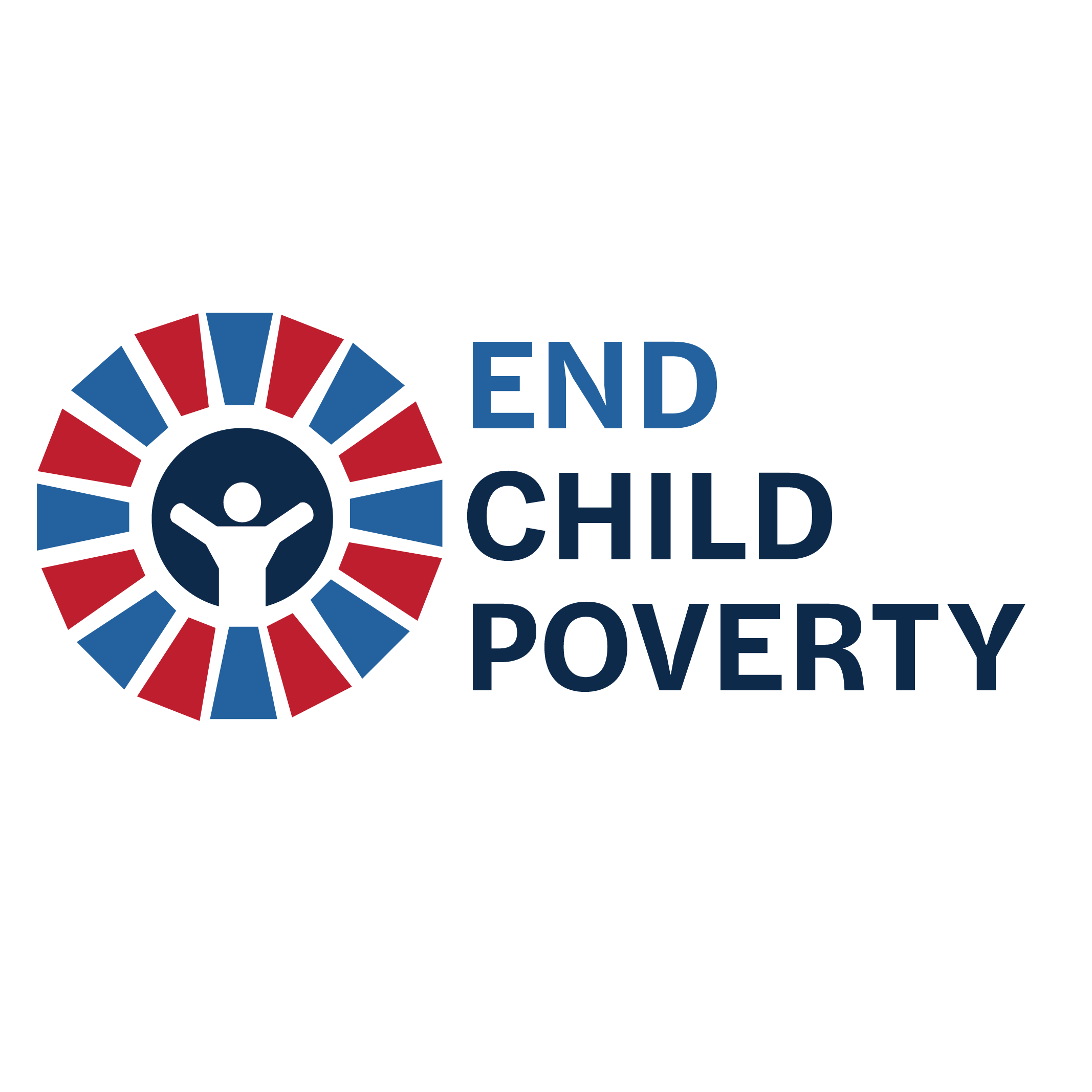Child Poverty More than Doubled in 2022
Child poverty came roaring back in 2022, according to U.S. government figures released today, more than doubling to over 12% and erasing the last bits of progress achieved during the nation’s pandemic emergency.
In 2022, nearly 9 million children — or 12.4% of all U.S. children — lived in poverty, according to the U.S. Census Bureau’s Supplemental Poverty Measure (SPM), a 7.2 percentage point increase over the previous year. The SPM includes government assistance such as tax credits, income support and nutrition assistance. In 2021, such supports drove child poverty in the U.S. to its lowest level in history. Today’s Census figures estimate that refundable tax credits lifted 3.5 million children out of poverty in 2021.
“In 2021, lawmakers enacted policies such as the improved Child Tax Credit that drove child poverty to its lowest level in U.S. history,” said Bruce Lesley, president of First Focus on Children. “The expiration of those policies has sent us back to unacceptable — and utterly preventable — levels of child poverty that threaten the health of our children and the nation as a whole. Without congressional action to restore income supports such as the child tax credit and to create a child poverty reduction target, these numbers will remain shamefully high. We as a nation have proven that child poverty is a choice. Our baseline for child poverty should not be what is, but what is possible.”
First Focus on Children has begun documenting the benefits of investing in children at the Child Investment Research Hub, a new database of reports, statistics, and research — including information by state — connecting investments in children to measurable outcomes in child well-being. The Hub offers research on child development, employment outcomes, economic mobility, health and nutrition and other areas. Find the hub at this link.
Children experienced the largest increase in poverty of all age groups between 2021 and 2022, according to the Census figures, driven in part by the expiration of the expanded refundable tax credits and stimulus payments. In addition, poverty rates for Hispanic children rose substantially in 2022 after record lows for non-Hispanic white, Black, and Hispanic children in 2021. Poverty rates for non-Hispanic white, Asian, and Hispanic children were not statistically different from their pre-pandemic levels in 2019, while rates for Black children were lower than in 2019.
U.S. policies cut the national child poverty rate nearly in half in 2021, dropping the SPM 4.5 percentage points from 9.7% in 2020 to 5.2% in 2021.
